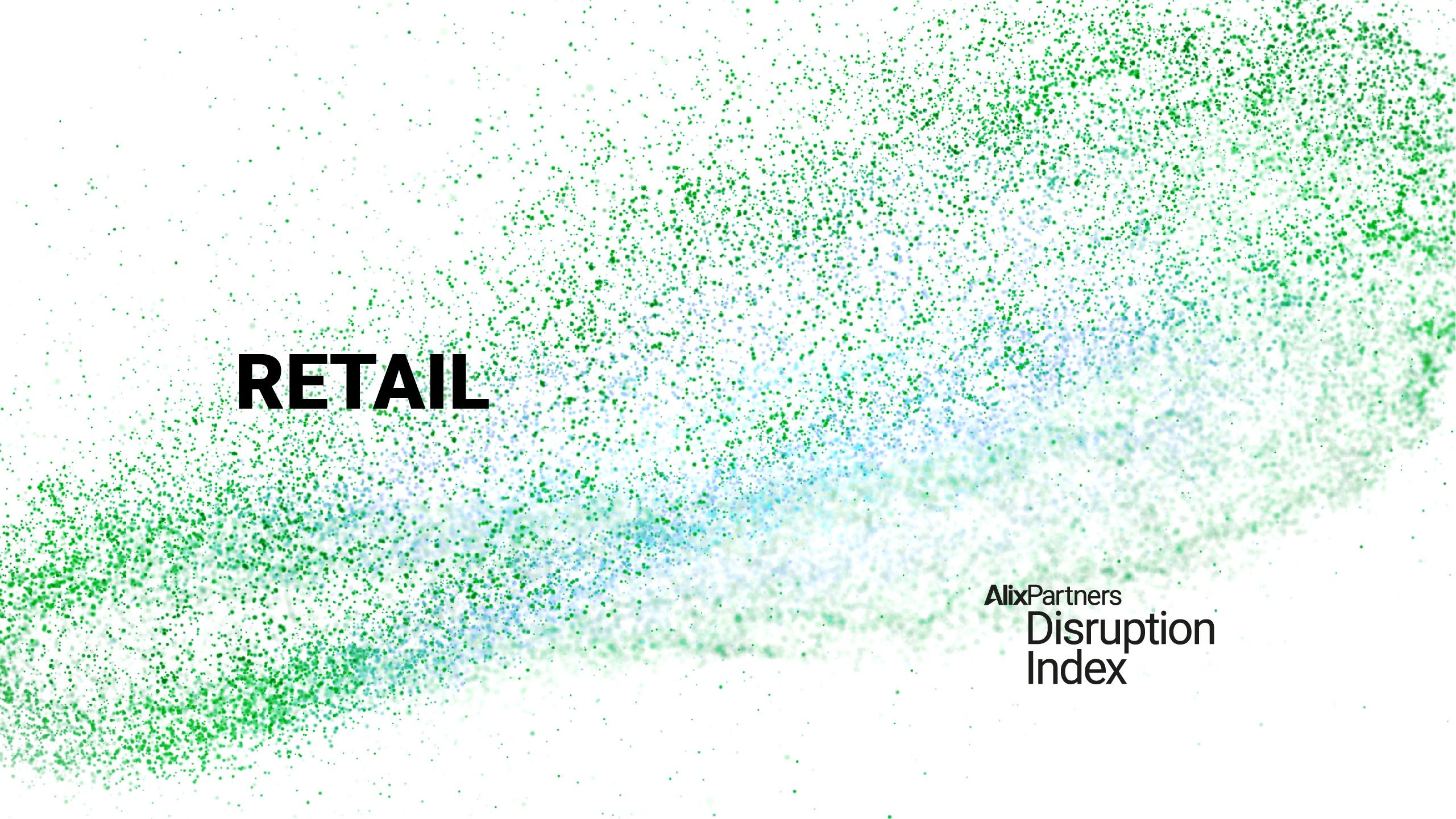


Contrary to dire predictions of the imminent demise of brick-and-mortar retailing, customers are returning to physical stores as restrictions on movement and mingling are eased. Sales growth continues–though at a markedly slower rate than in 2021–and main streets are reviving as merchants with innovative store concepts take over long-dark retail space. The most funereal reports appear to have been greatly exaggerated.
This is not to say that retailing doesn’t face some pretty pressing issues. Consumers are returning to their favorite shops and malls while maintaining the online shopping habit they picked up during the pandemic. Those dual tendencies increase the pressure on retailers to build the technological and analytic capabilities required to serve shoppers regardless of sales channel with seamless and on-brand experiences. They’re also having to raise their social media game as consumers, especially younger ones, turn to social media for help in product discovery and research as well as purchasing.
Retailers must also cope with shifts in consumption patterns driven by high inflation. Consumer spending in general has returned to pre-pandemic levels, but inflation is masking variations in volume growth.
Brand loyalty is fading, as evidenced by growth in the percentage of consumers switching brands and retailers. Consumers are less loyal than ever before, driven by simple ability to google a product online to price check it before buying it; the access to products has never been greater Higher prices are also a factor, as some consumers set aside, or at least deemphasize, their preferences for greener packaging and strong social purpose in favor of lower-priced private-label brands.
Then there’s labor availability, a top-priority issue for almost every industry, but a five-alarm fire for retailers. Shortages of frontline workers and warehouse and fulfillment center employees plagued the industry even before the emergence of the COVID-19 pandemic, and the outbreak and subsequent measures to control it have only aggravated the need for additional recruits. As of July 2022, nearly 1 million retail job openings went unfilled in the U.S., and retail, leisure, and hospitality executives surveyed in August and September named staffing and wage issues as their top concern, well ahead of supply chains, global events, gasoline prices, and loss prevention. Making the shortage even more acute is the growing labor intensity of retailing, in part because of the proliferation of fulfillment options for shoppers, including curbside pickup, buy-online-pick-up-in-store (BOPIS), and third-party delivery services.
Low pay, poor working conditions (including just-in-time shift scheduling), and job insecurity are the leading reasons workers give for leaving their retailing jobs. Retailers have taken multiple paths to address those concerns and alleviate the shortage: higher hourly wages and bonuses, more predictable schedules, accelerated job-promotion schemes, increased personal time off, and even offers to pay college tuition costs.
But still the jobs go begging, and industry insiders say there’s no end to labor shortages in sight.

Retail dealmaking has proceeded at a brisk pace in 2022, slowing somewhat from 2021’s boom but accounting for a sizable share, both in dollar value and deal volume, of overall M&A activity. Retailers are entering into deals to strengthen and shorten supply chains, seal commercial partnerships, build out networks of distribution centers, acquire technology and digital skills, and in some cases strengthen the ESG value proposition via greener packaging and shipping materials. Those objectives should continue to drive deals and help sustain momentum for M&A.


